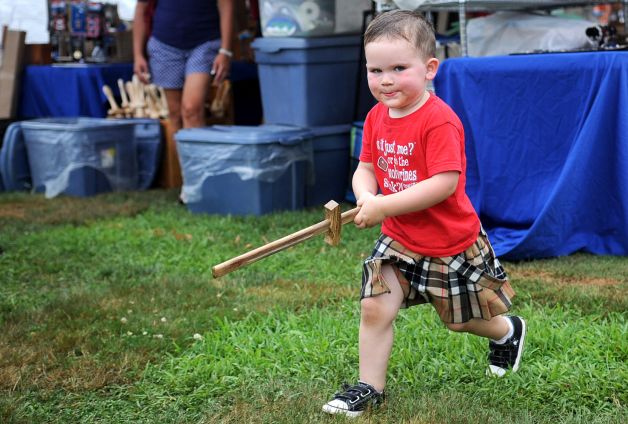The Violent Deaths of Scottish Kings February 21, 2015
Author: Beach Combing | in : Medieval , trackbackReaders may remember that Beach has recently been messing about with royal statistics. The exercise is a simple one. If you happen to be born into a royal dynasty between the year 1000 and 1700 and have the great misfortune to become king or queen what are the chances that you will die by violence? The stats for England over that period showed important variations, e.g the seventeenth century was a lot safer than the fifteenth century. However, averaged over the entire period about 23% (of 44) died by the hands of others. In Scotland there were 34 kings over this period: though note that in the eleventh century there is a lot of uncertainty about chronology and even the completeness of our king list. (The best source is a pseudo-prophecy in Gaelic… Nuff said.) After James VI of Scotland becomes James I of England then we are dealing with, let’s say, ‘British kings’, which is why Charles I is included below. Of the 34 monarchs in that period an incredible 41% of Scottish monarchs died by violence: being a Scottish king is, in short, in the running for worst career in history. Again there are important temporal variations. Of the nine eleventh-century kings only one did not die of violence, numbers which may have skewed this exercise! The Norman period ushered in a phase of relative peace in king-changing: death doubtless remained unpleasant but it involved doctors rather than swords. Between Edgar’s death and that of James I the only even vaguely violent death was that of Alexander III falling off a horse in 1286. Then, as in England, the fifteenth and sixteenth century proved nasty again. Beach challenges any reader to better 41% for the period 1000-1700 from any part of western Europe: drbeachcombing AT yahoo DOT com Beach wonders about the Scandinavian monarchs, but he doubts that anyone could beat the Scots. The only contender would have been an Irish monarchy, but that died its death too early in this period to make any real comparisons: too bad, as well, that we know nothing of the early Albanian cattle lords.
The Death List: name, obit and cause
Kenneth III, 1005, killed in battle
Malcolm II, 1034, by violence (assassination?)
Duncan I, 1040, killed in battle
Macbeth , 1057, killed in battle?
Lulach, 1058, assassinated
Duncan II, 1094, assassinated
Donald III, 1097, assassinated (or just blinded and imprisoned?!)
Edgar 1107, assassinated
Alexander III, 1286, fell down a rock face while riding at night
James I, 1437, assassinated
James II, 1460, exploding canon
James III, 1488, death in battle
James IV, 1513, death in battle
Mary, 1567, Executed
Charles I, 1649, Executed
24 Feb 2015: Douglas writes: I think you showed the wrong King James of Scots becoming King of England – it was James VI (in 1603), and not James VII [corrected above]. Accordingly, if you wanted to describe post-Union of the Crowns monarchs as ‘British Kings’, then you’d have to exclude Charles I from your list (as he was, of course, James VI and I’s son). Alternatively, if you wished to include monarchs down to the Union of the Parliaments in 1707, you would have to consider (after James VI) : Charles I, Charles II, James VII, William II and Mary II, William II (alone), Anne. You might think that William II’s death after a fall from his horse was ‘violent’, but perhaps not!’ thanks Douglas!
27 Feb 2015: KMH writes ‘In looking at these statistics, I believe you need to discriminate between types of death. The deaths resulting from military action against a foreign foe should be separated from those caused by violence within the kingdom or political assassination. The first category is a legitimate hazard for a king and his military; the second reflects on the quality of the king and kingdom.’ Thanks KMH!



